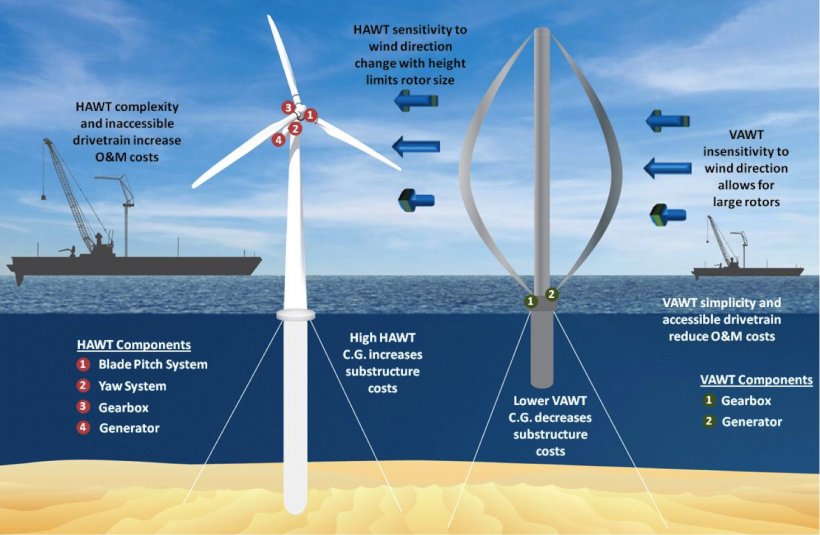There are two things that we really need to pay close attention to.
The first is nameplate versus actual. A lot of places will puff up their chest talking about how they've installed a gigawatt of solar panels, but then you look at the actual power produced and it's a tiny fraction of nameplate because the sun isn't always up.
The second is total lifespan energy costs to produce and maintain. Let's say that I have a little box that produces no emissions and produces a kilowatt of energy every year for 25 hours, so 25 kwh. Sounds like a good deal! Well let's say that producing that little box takes 500 KWh to make. What you've just created is not efficient. The amount of energy that you've put into it is much greater than the advantage that you got back.
It's very difficult to come out ahead on this sort of calculus because the universe doesn't like reversing entropy.
Properly managed biofuels can work, so growing a tree then burning the tree using the remains of the burned tree to fertilize a new tree. So can solar on a long enough timeline, but it needs to be very well manufactured and we have to be realistic about the amount of energy that we expect. Obviously water wheels and like have a history going back centuries, and windmills in the past have worked as well, but you have to be very careful about them. Start using a bunch of weird materials and getting too fancy and you blow your energy budget.
Planning to test a vertical axis wind turbine made out of pla in the near future.
